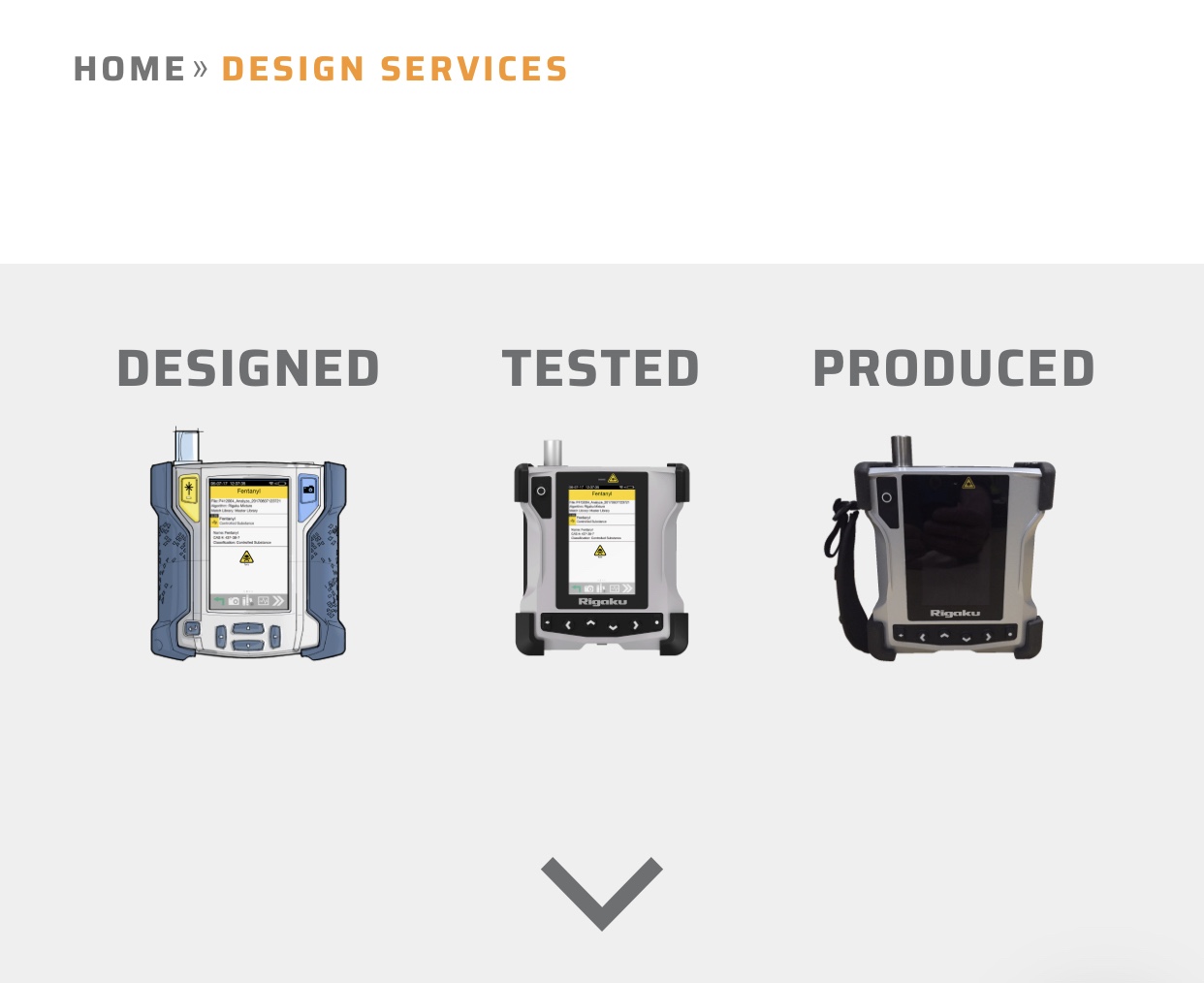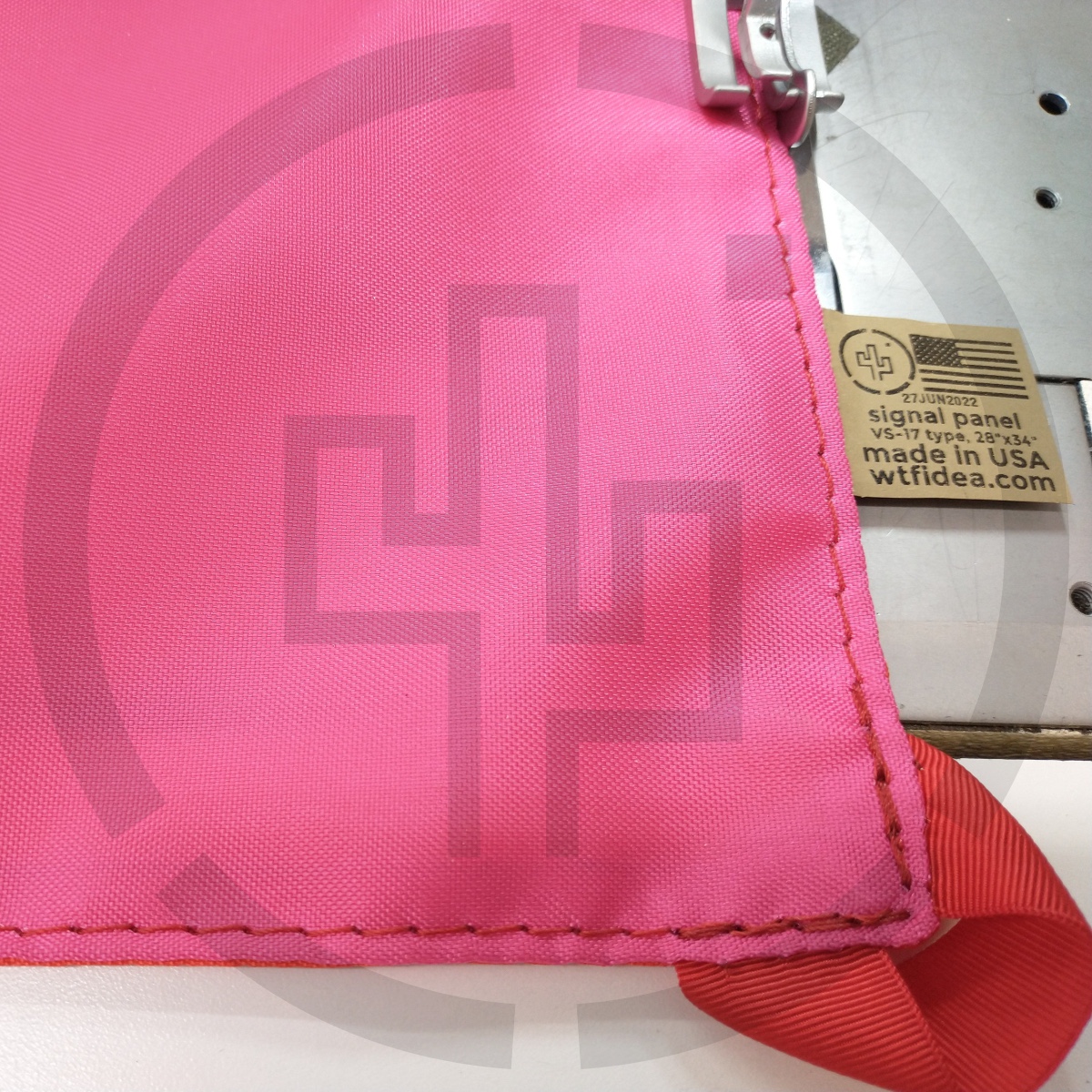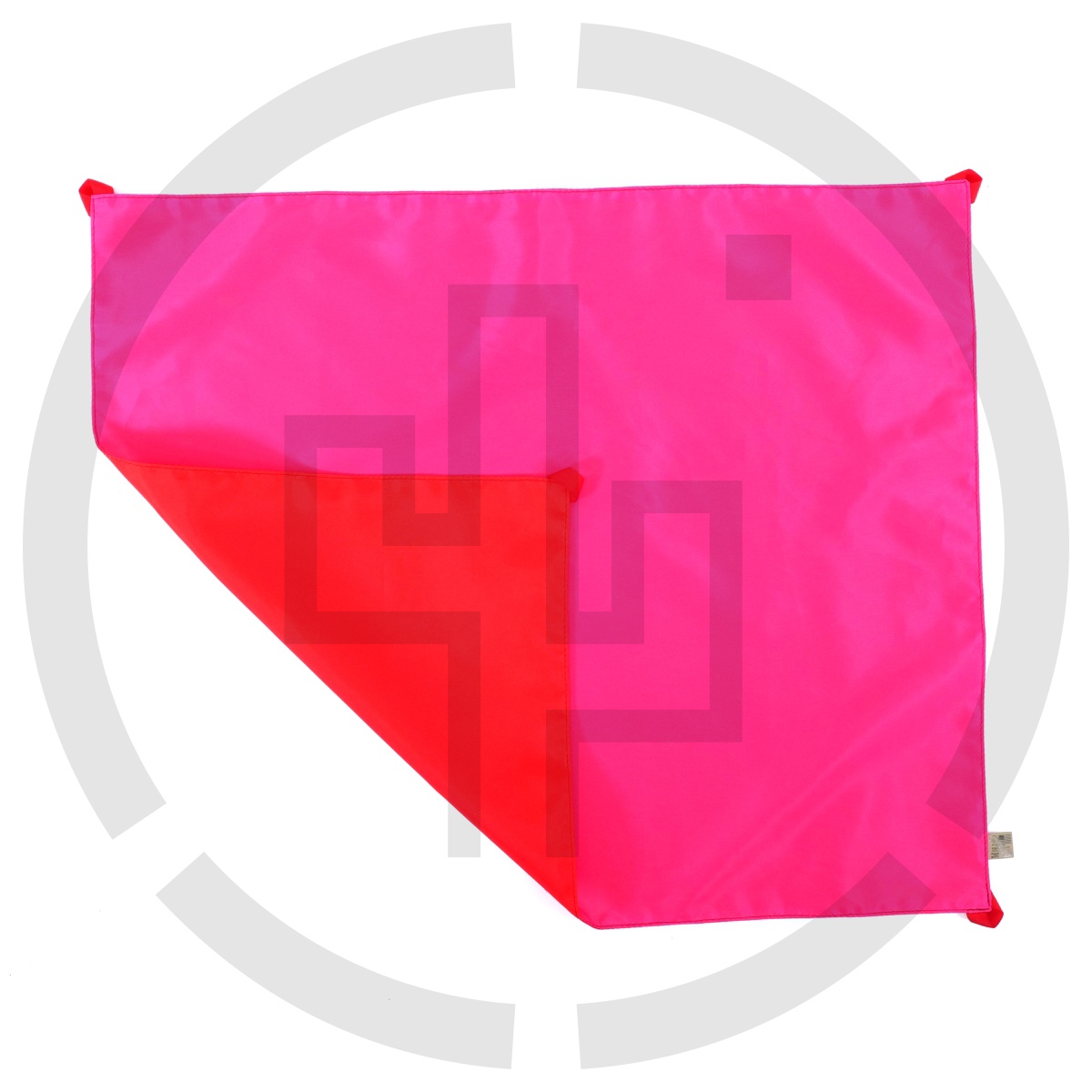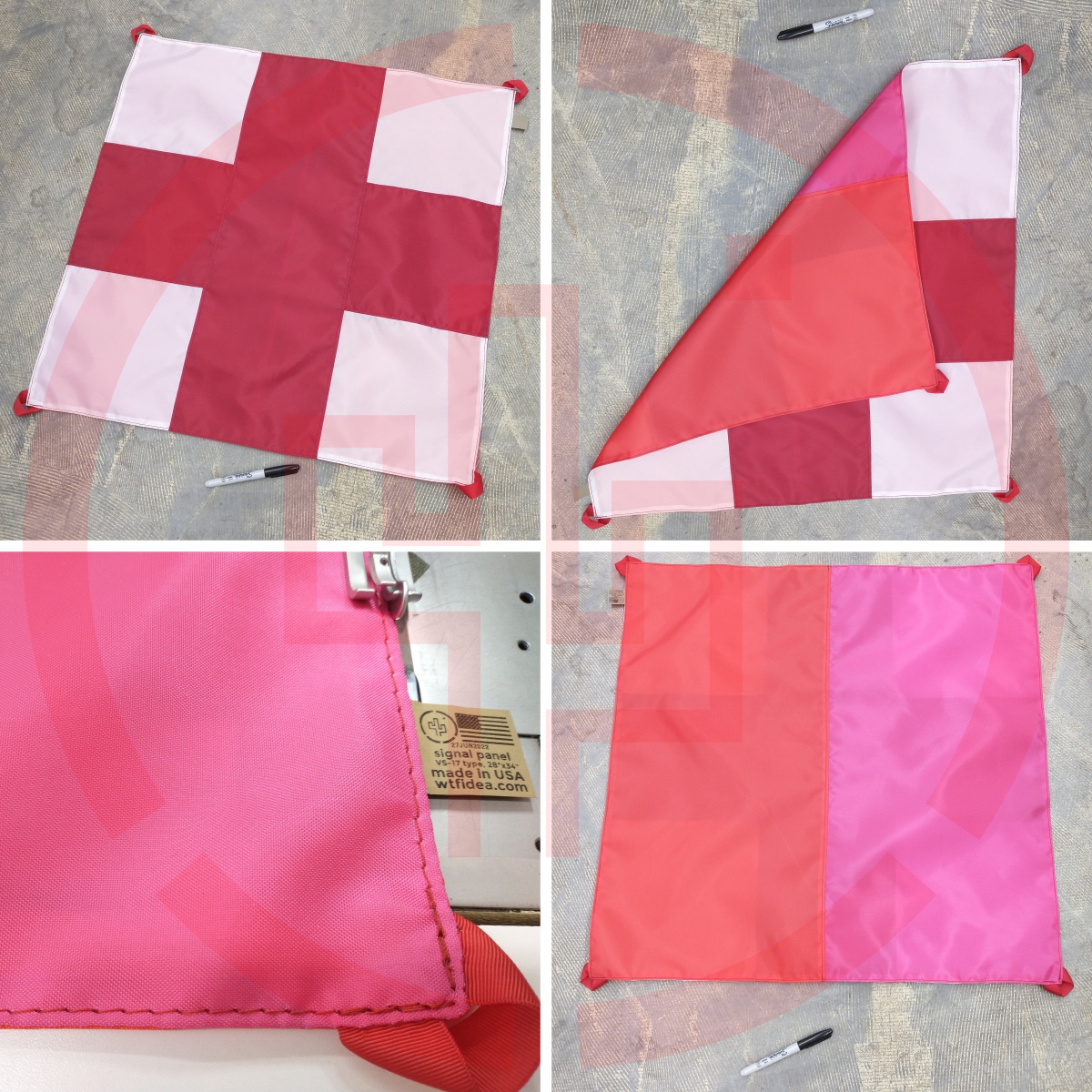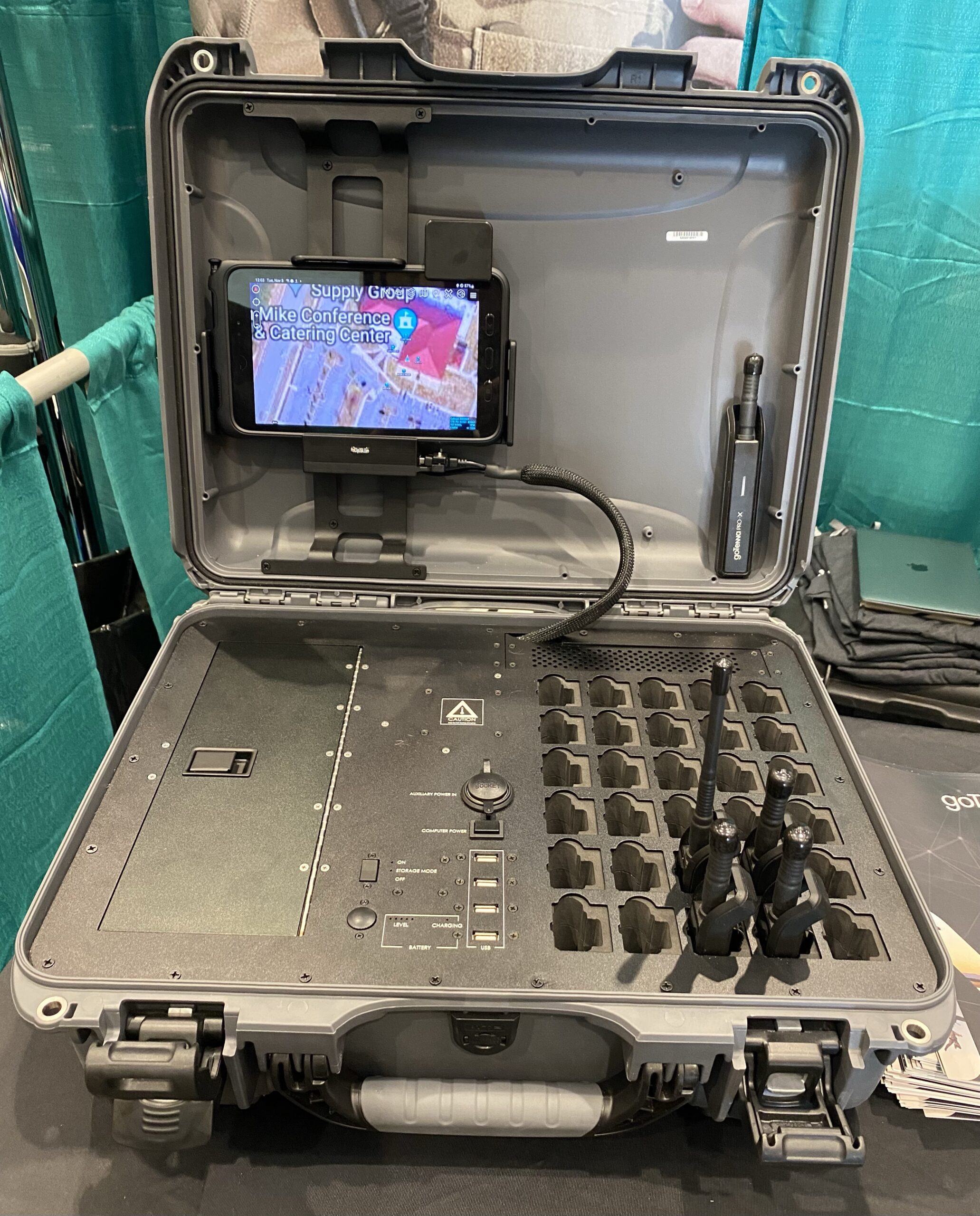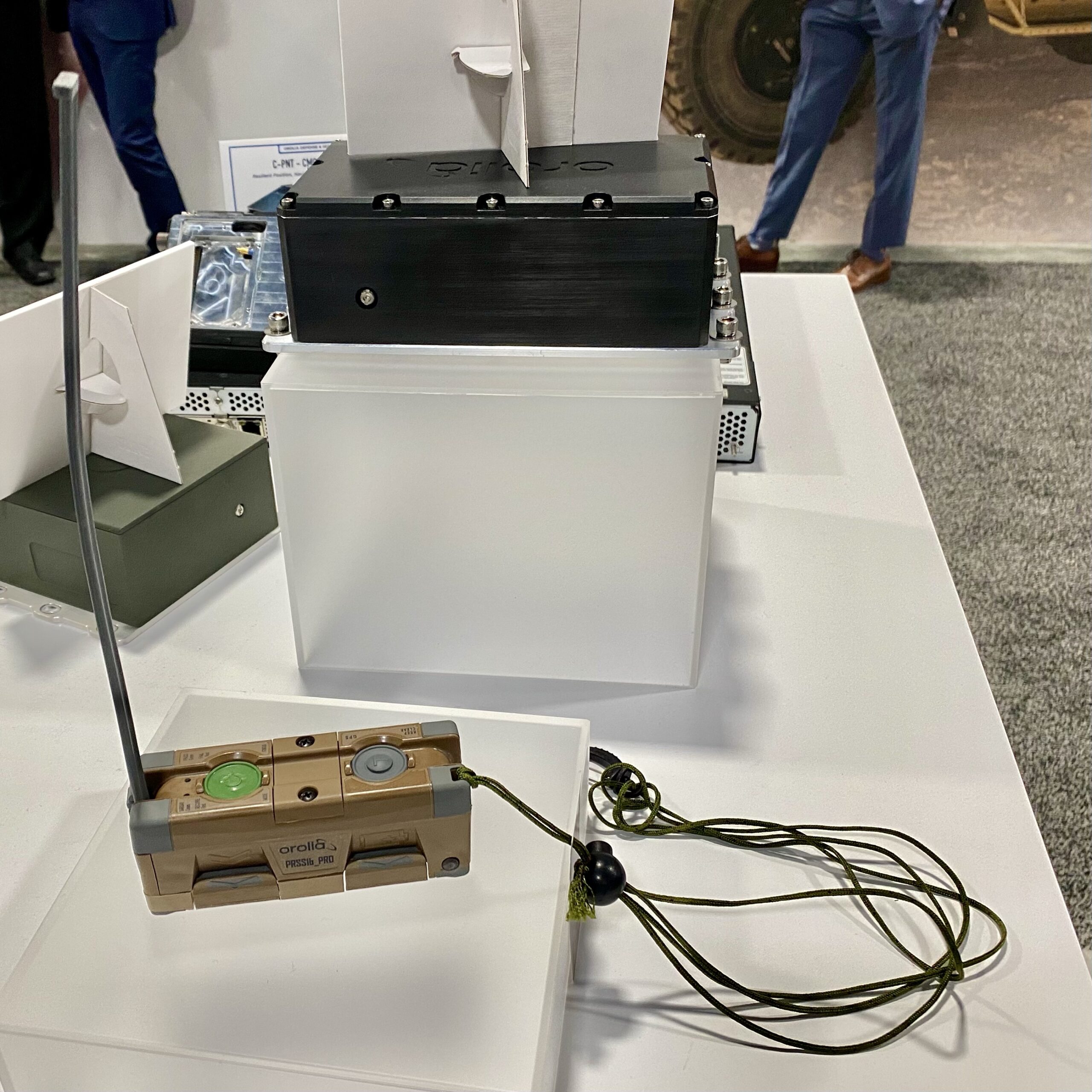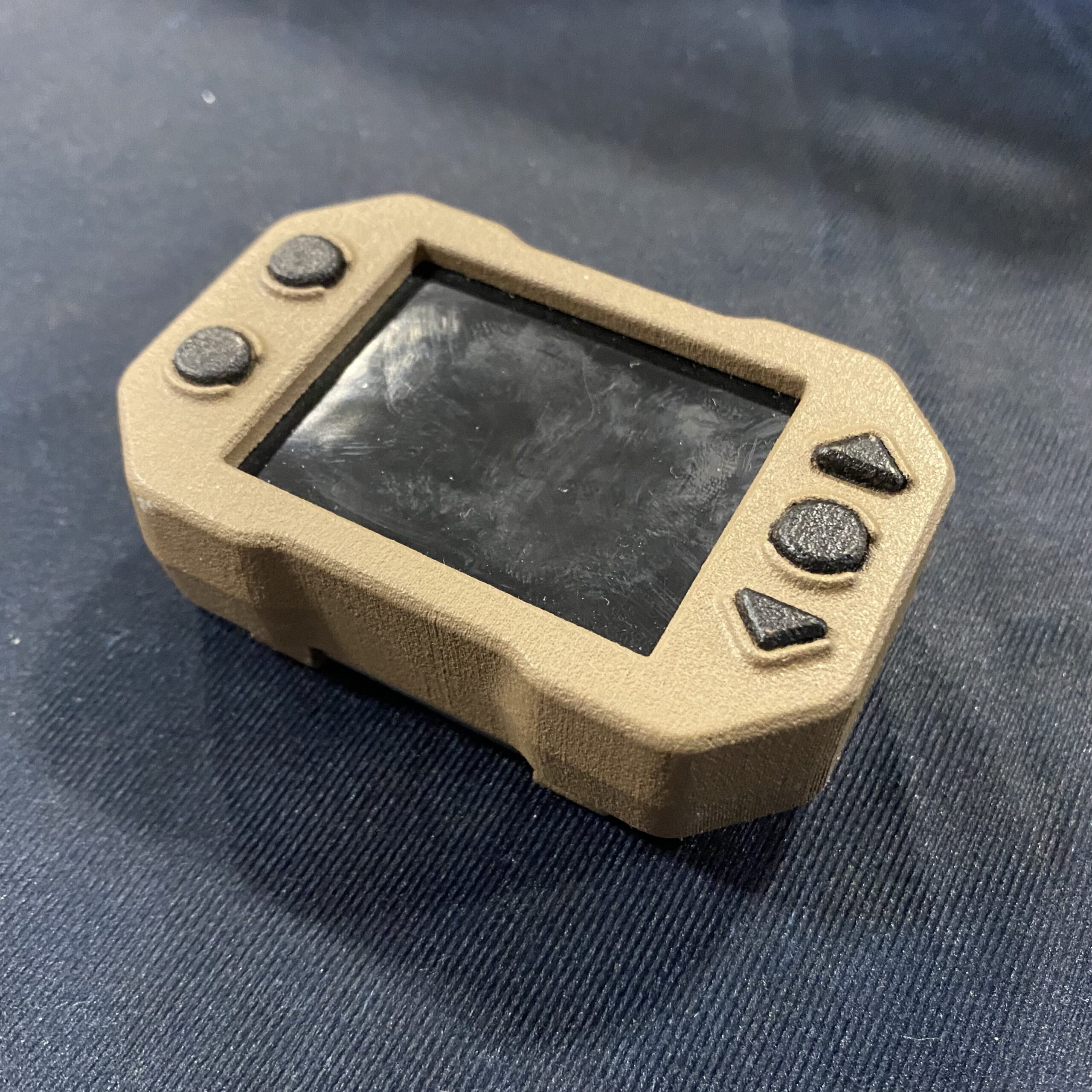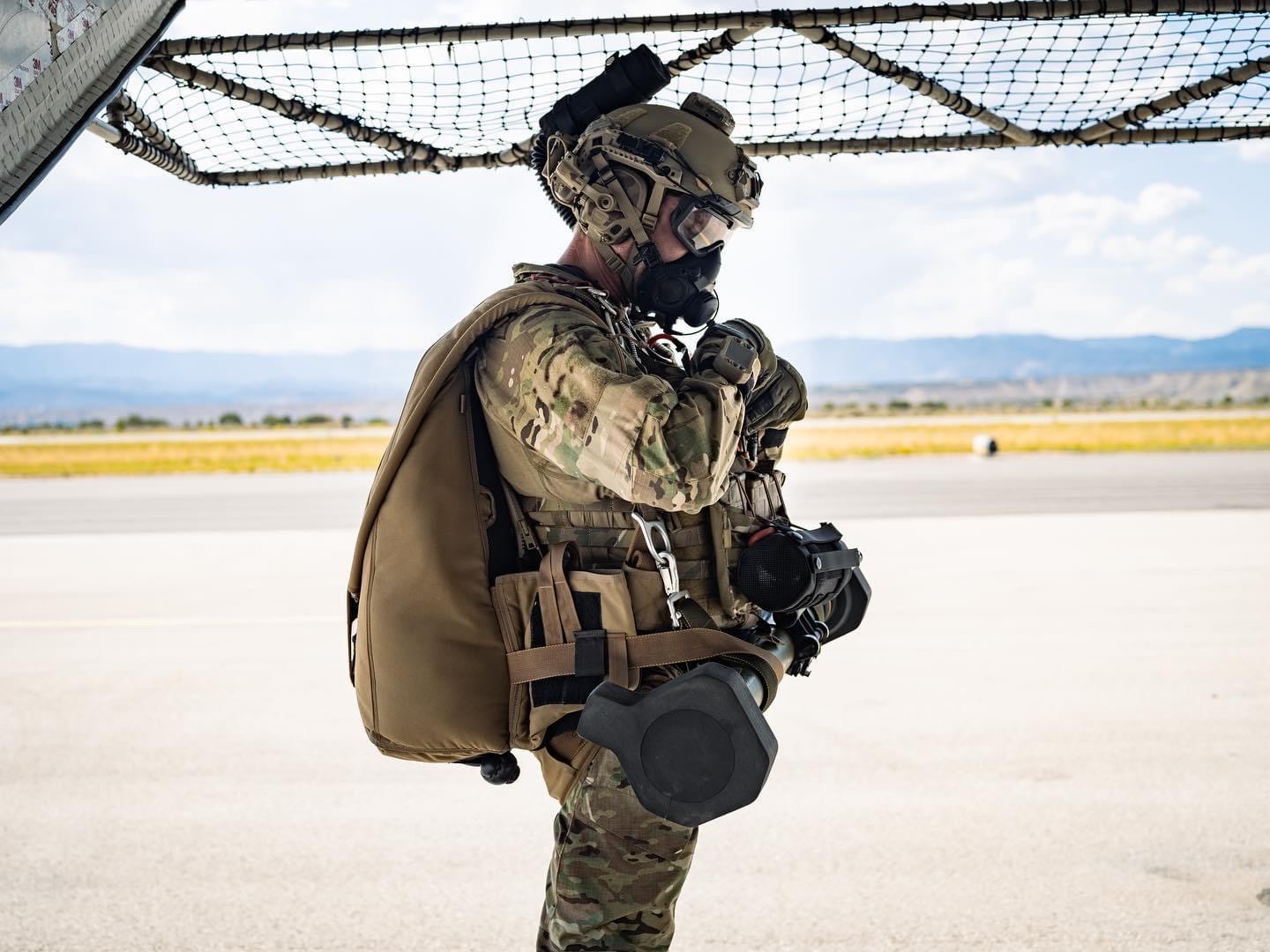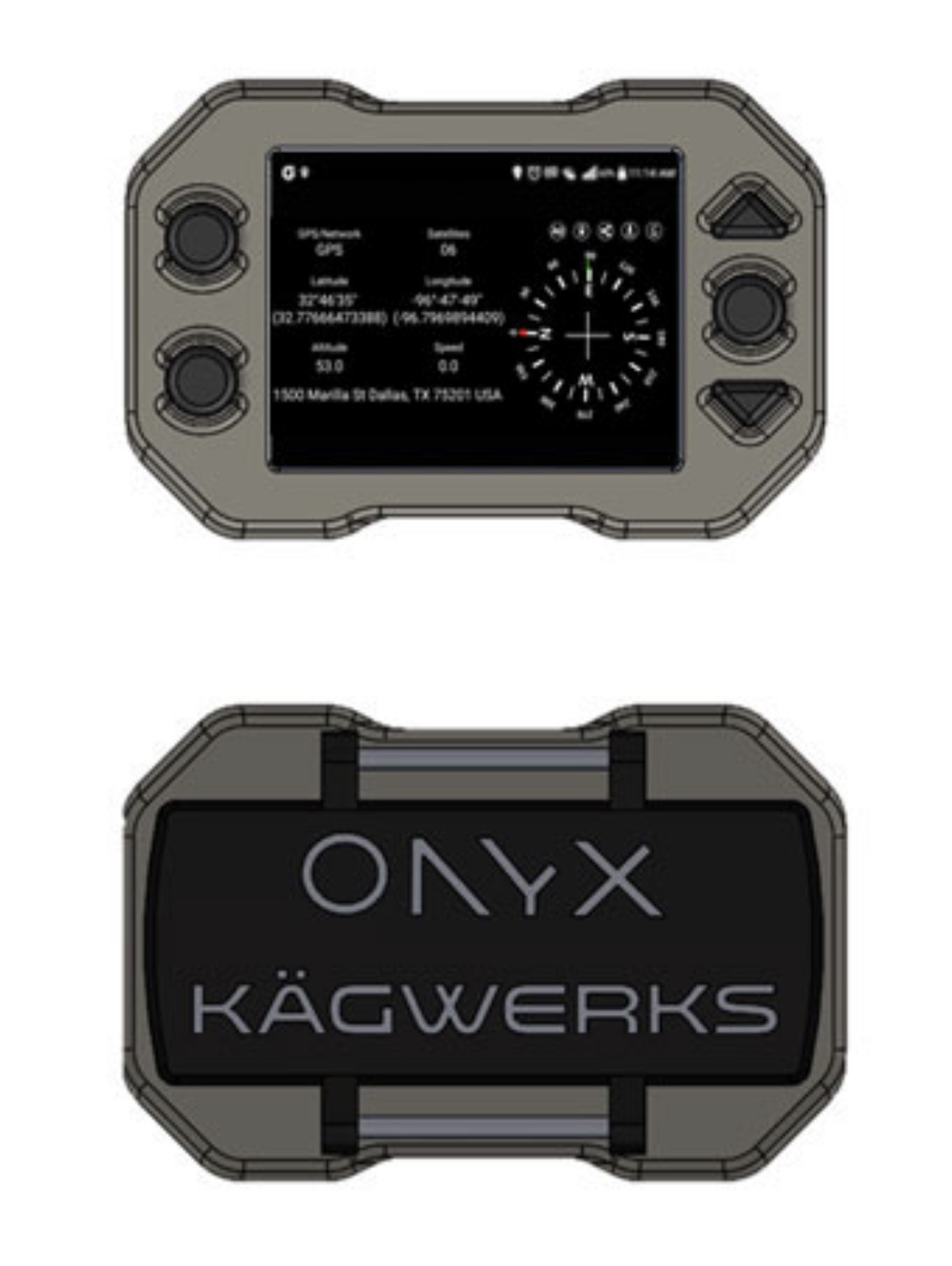U.S. ARMY GARRISON BAUMHOLDER, Germany (AFNS) —
Military units from around the world recently participated in Noble Skywave, a global cyber contest, at U.S. Army Garrison Baumholder.
Noble Skywave is a multi-national high-frequency radio contest hosted by the Canadian Armed Forces.
This year’s competition brought together 429 military units from across 13 nations competing to determine who can most efficiently utilize high-frequency radio technology.
Each team was placed into one of three categories based on the amount of transmitting power their radio station has.

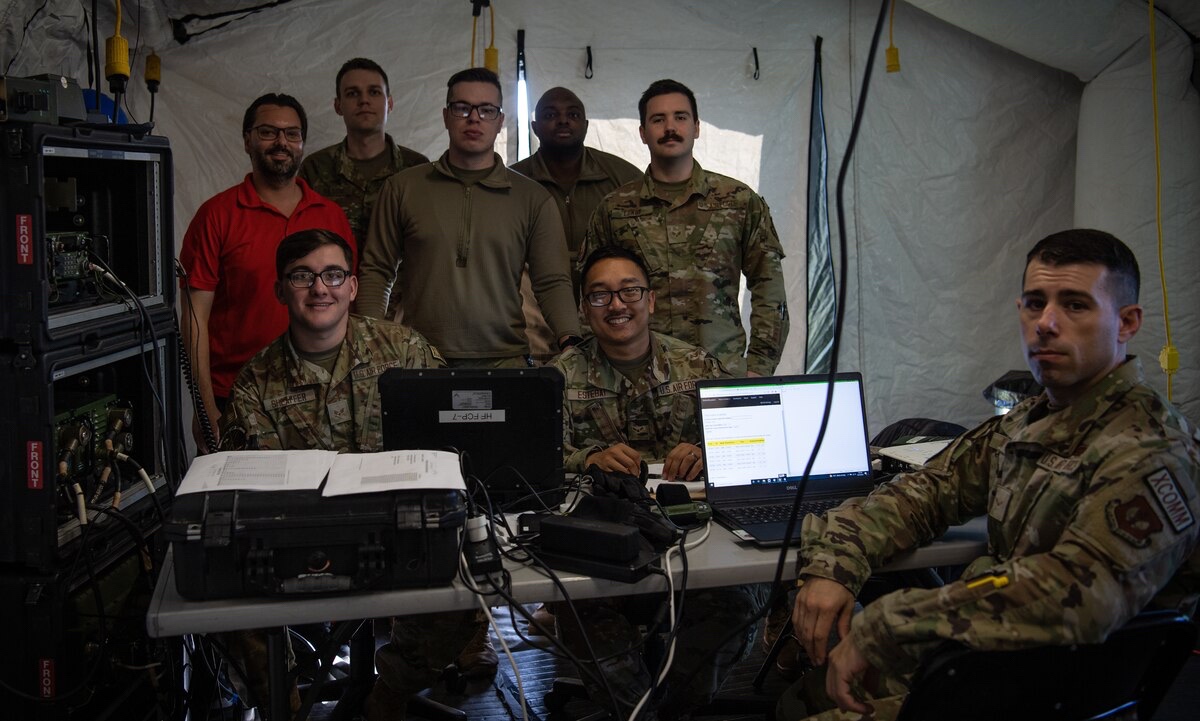
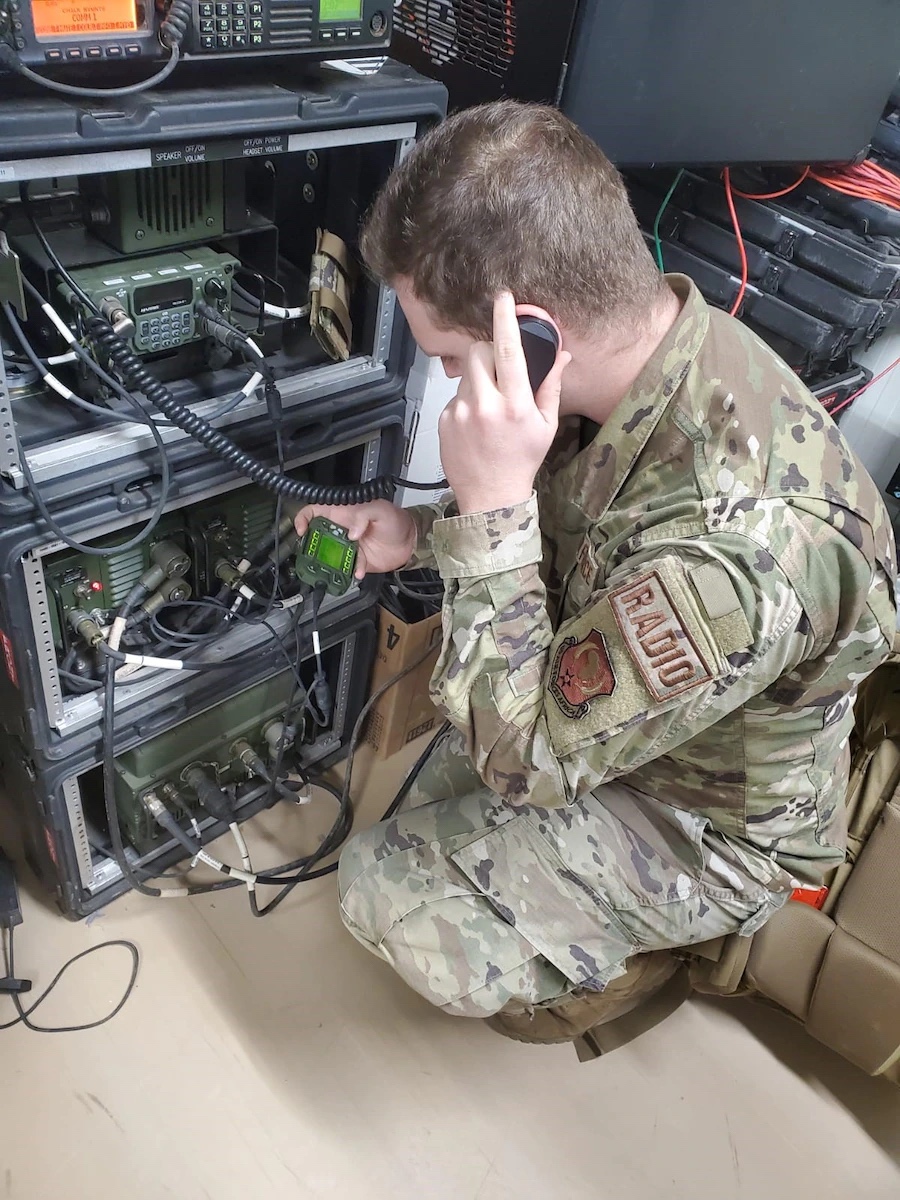
During the contest, teams set up a fully functioning radio station and utilized their skills to connect with other radio stations, some being thousands of miles away.
“There is a set number of stations playing in this contest, and our objective is to contact as many of them as possible,” said Airman 1st Class Matthew Recchia, 1st Combat Communication Squadron cyber infrastructure technician. “Whoever contacts the most stations, wins.”
High-frequency radio technology and its operators are crucial to the U.S. military, allies and partners as it is not reliant on conventional ways of communications technology, such as satellites or cell phone towers which are vulnerable to weather conditions or an attack from an adversary.
If conventional ways of communication were to ever go down or become inoperable, that is where high-frequency radio comes in. The technology works by bouncing radio waves off the ionosphere, a layer in the atmosphere that is electrically charged by the sun, allowing communication between people that are a vast distance apart.
“Last year, our farthest link was 11,700 kilometers away,” said Senior Airman Kelley Jay, 1st CBCS radio frequency transmission systems technician. “We communicated with a radio station in Peru from Germany by using this radio technology.”
In this year’s competition, the longest connection the 1st CBCS made was with New Zealand, at approximately 18,000 kilometers away.
Most importantly, by using high-frequency technology, one can send documents, emails, orders or anything else needed to ensure mission success.
Though it is a contest, Noble Skywave provides the opportunity for military partners to come together to enhance their skills for a common goal of defending the NATO alliance.
“The purpose of the contest is to keep our high-frequency radio skills sharp,” Jay said. “But it also ensures the international communications community is interoperable and ready to respond effectively if the need arises.”
U.S. forces in Europe live, train and operate with allies and partners from strategic locations across the continent to ensure a timely and coordinated response during peacetime and crisis.
Within their category, 1st CBCS came in third place with a total of 200 connections made with other radio stations around the world using high-frequency radio.
By Airman 1st Class Jared Lovett, 86th Airlift Wing Public Affairs





